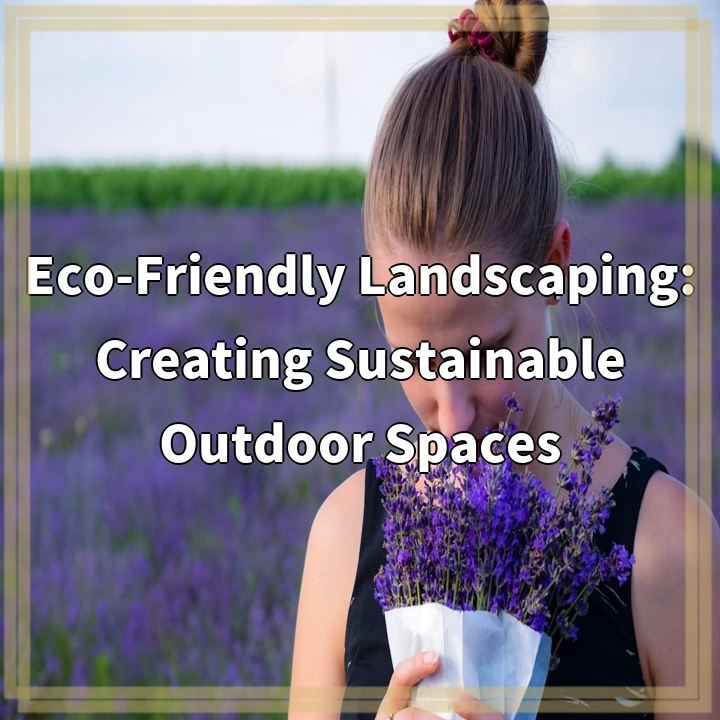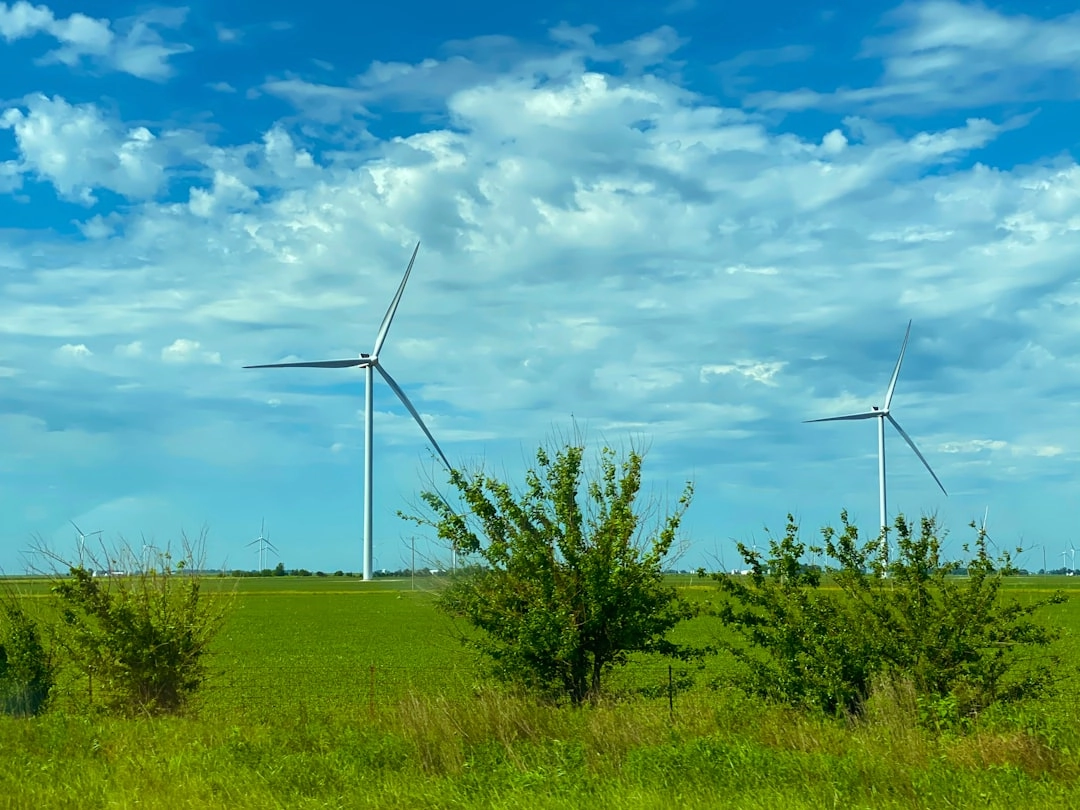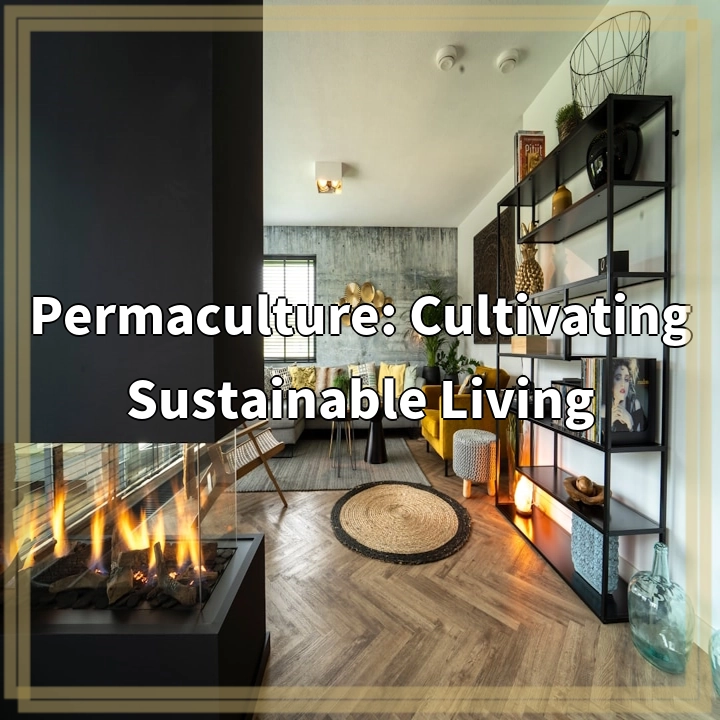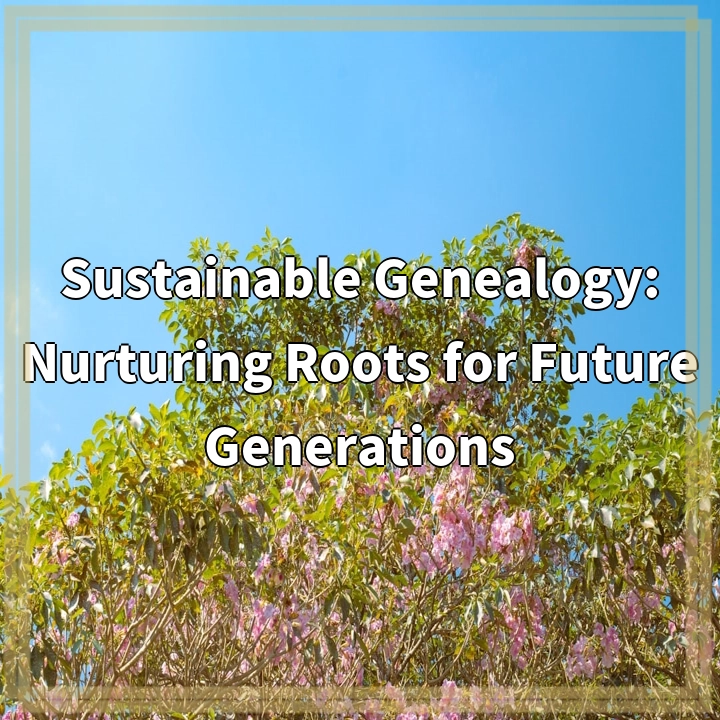
What is Eco-Friendly Landscaping?
Eco-friendly landscaping, also known as sustainable landscaping, is the practice of creating outdoor spaces that have minimal negative impact on the environment. It involves designing, constructing, and maintaining landscapes in a way that promotes biodiversity, conserves resources, and reduces pollution.
Real-World Problems Associated with Eco-Friendly Landscaping
Eco-friendly landscaping faces several challenges and real-world problems that need to be addressed for its widespread adoption and success:
Water Conservation
One of the key issues in eco-friendly landscaping is water conservation. Many traditional landscaping practices require excessive water usage, contributing to water scarcity and putting a strain on the water supply. Finding ways to minimize water usage while maintaining lush and vibrant landscapes is a significant challenge.
Chemical Pollution
Conventional landscaping often entails the use of harmful pesticides, herbicides, and fertilizers, which can pollute water bodies and harm ecosystems. Eco-friendly landscaping seeks to find alternatives to chemical inputs that are safe for the environment and human health.
Invasive Species
Invasive plant species pose a threat to local ecosystems by outcompeting native vegetation and disrupting natural habitats. Incorporating native plant species into landscaping designs helps prevent the spread of invasive species and supports the local ecosystem’s balance.
Loss of Biodiversity
Urbanization and conventional landscaping practices often lead to the loss of biodiversity. Ecosystems become fragmented, and habitats for various plant and animal species disappear. Eco-friendly landscaping aims to create habitats that support diverse flora and fauna, promoting biodiversity even in urban areas.
Sustainable Materials
The choice of materials used in landscaping, such as decking, fencing, and paving, can have significant environmental impacts. Eco-friendly landscaping advocates for the use of sustainable, recycled, or locally sourced materials to reduce the carbon footprint and environmental degradation associated with their production and transportation.

Solutions for Eco-Friendly Landscaping
Addressing the real-world problems associated with eco-friendly landscaping requires implementing solutions that prioritize sustainability and environmental stewardship:
Water-Smart Practices
Efficient irrigation systems, such as drip irrigation or rainwater harvesting, can be employed to minimize water usage in landscapes. Xeriscaping, which focuses on using drought-tolerant plants and natural mulching methods, can also help conserve water.
Organic and Natural Alternatives
Opting for organic and natural alternatives, such as compost, compost tea, and biopesticides, can reduce chemical pollution while still maintaining the health and appearance of landscapes.
Native Plant Selection
Choosing native plants for landscaping helps preserve local ecosystems, as they are adapted to regional climate and soil conditions. Native plants also support beneficial insects and wildlife, contributing to the overall biodiversity of the area.
Habitat Creation
Designing landscapes to include various habitats, such as native meadows, pollinator gardens, and bird-friendly areas, can encourage the return of wildlife and support a healthy ecosystem within urban and suburban environments.
Sustainable Materials and Practices
Using sustainable materials like recycled wood, stone, and metal in construction and opting for eco-friendly products and practices can contribute to reducing the environmental impact of landscaping projects.















